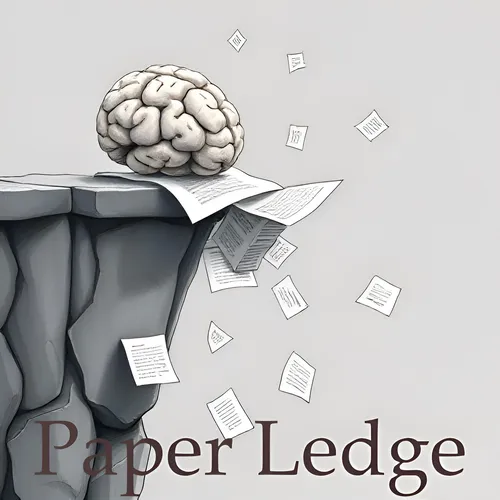Computer Vision - VisionThink Smart and Efficient Vision Language Model via Reinforcement Learning
- Author
- ernestasposkus
- Published
- Sun 20 Jul 2025
- Episode Link
- https://www.paperledge.com/e/computer-vision-visionthink-smart-and-efficient-vision-language-model-via-reinforcement-learning/
Hey PaperLedge learning crew, Ernis here, ready to dive into some fascinating research hot off the presses!
Today, we're tackling a paper that's all about making AI vision smarter and more efficient, especially when it comes to understanding what it "sees" in images alongside text. Think of those cool AI models that can answer questions about pictures – like, "What color is the dog in this photo?" or "What does that sign say?" These are called Vision-Language Models, or VLMs for short.
Now, these VLMs usually work by breaking down an image into smaller pieces, kind of like mosaic tiles, called visual tokens. The more tokens, the higher the resolution and the more detail the AI can see. But here's the thing: sometimes, it's like using a magnifying glass to read a billboard – totally unnecessary!
That's where the researchers behind this paper come in. They noticed that VLMs often use way more visual tokens than they actually need, especially for simpler tasks. It's like using a super-detailed map to navigate your own living room. Overkill, right?
So, they came up with a clever solution called VisionThink. Imagine VisionThink as a smart editor for images. It starts with a blurry, low-resolution version of the picture. Then, it thinks: "Can I answer the question with this blurry image? If not, I'll ask for a clearer, high-resolution version." It's like asking for a close-up only when you really need it.
"VisionThink autonomously decides whether to compress tokens case by case."
This is different from other methods that just chop off tokens randomly or based on some fixed rule. VisionThink actually decides, on a case-by-case basis, if it needs more detail. Think of it as a chef who only uses the expensive truffle oil when a dish really calls for it, not on every single meal!
The cool part is how they taught VisionThink to make these decisions. They used something called reinforcement learning, which is like training a dog with treats. But instead of dog treats, they used an LLM (Large Language Model) as a judge! The LLM would give VisionThink feedback on whether it made the right decision to ask for a higher resolution image. It is like having a sophisticated AI act as a mentor to guide VisionThink.
They also designed a reward and penalty system to make sure VisionThink wasn't being too lazy (always using low resolution) or too greedy (always asking for high resolution). It had to find the right balance.
Why does this matter?
- For AI developers: It means building more efficient and cost-effective VLMs.
- For users: It means faster and more responsive AI applications.
- For everyone: It means reducing the energy footprint of AI, making it more sustainable.
The results? The researchers showed that VisionThink is really good at fine-grained tasks, like reading text in images (OCR), while also saving a ton of visual tokens on simpler tasks. It's a win-win!
So, some thought-provoking questions for our PaperLedge community:
- Could this "think before you look" approach be applied to other areas of AI, like robotics or self-driving cars?
- How can we ensure that VisionThink doesn't introduce biases or discriminate against certain types of images or questions?
This is a really interesting step towards more intelligent and efficient AI vision, and I'm excited to see where this research leads us. Until next time, keep learning, keep questioning, and keep pushing the boundaries of what's possible!
Credit to Paper authors: Senqiao Yang, Junyi Li, Xin Lai, Bei Yu, Hengshuang Zhao, Jiaya Jia
